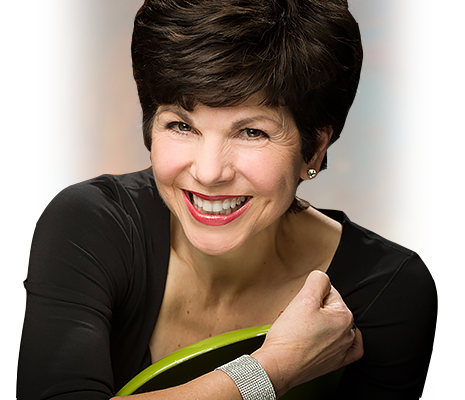Have you ever sat through a presentation and tried to follow the winding, haphazard path of a subject-matter-expert acting as a presenter? What makes sense to them as “logical order,” may not make any sense to you or your other suffering companions in the audience.
The presenter may not have noticed that you have gone cross-eyed, that your heads is tilting in confusion or the final signs of completely checking out. They don’t even know that they are disconnecting with their audience.
There’s just got to be better ways to organizing presentation content than a random stream of consciousness and deep dives on data points.
Now it’s true that different minds think differently. Some process information in a linear, logical fashion; while others follow the creative mind-mapping process, appearing to the outsider like some sort of mental scavenger hunt. It it works for you, that’s great, but be careful not to unleash your raw thinking process on your next presentation audience. That could be cruel and unusual punishment.
Here’s a high level direction and process of organizing presentation content that I follow. It follows the basic principle of audience engagement. Perhaps Dan and Chip Health, autors of the best selling book Made to Stick: Why Some Ideas Survive and Others Die put it best:
“Curiosity must come before content.”
The 4Mat System helps you organize your presentation content for high engagement outcomes
It’s called the 4Mat System and I learned it while I was training to become a master practitioner of Neuro Linguistic Programming or NLP . I’ve been using it and teaching it ever since.
Most presentations are a compilation of facts, figures, charts, graphs and a whole lot of bullet points. We leave it to the audience to synthesize the meaning of our barrage of data points. We make them toil through our fact-filled presentation. Often they tune us out because it’s more work than it’s worth.
Our intentions are good. We want to provide value and substance to our audiences by providing content that’s rich and meaty. Too often, we forget to organize that information in such a way that we get our results and the audience enjoys the experience.
This problem could be solved with a little more organization and structure. Remember, it’s not just what you say, or how you say it; it’s also how you make them feel that makes the difference between a mediocre presentation and a great one.
“A solid presentation is not only well planned, but well designed. How you organize your content is equally important as the brilliant ideas themselves.” – Kathy McAfee, executive presentation coach
Introducing the 4Mat System of organizing your presentations. It’s a simple methodology of structuring your presentation content so that you can stimulate high engagement with results from your audience.
The recommended flow is Why / What / How / What If?
1. Why. You must always start with the “why.” Why? Because if you don’t, you’ll lose the “why” people. The “why” is all about addressing the needs, reasons and relevance for your topic. You want to motivate them to listen to you. You need to challenge their status quo or prompt them in such a way that they’ll hear you out. The “why” section is usually “chunked up”, that is, more big picture and less detailed in nature. At the very least, ask and answer the following question: “Why should they listen to you?”
2. What. This is the meat of your presentation, the core content of facts and information that provides insight and explanation. Start with your highest level “what”, better known as your key message. Then drill down into the supportive content. At this point, your audience should be listening and taking copious notes. The “what” section should take about 25% of your presentation time. Most presenters devote 100% of the time to the “what.” That’s a big mistake.
3. How. This is the time when your audience is “trying on” the information, actively practicing and applying the content so that they truly understand how it works. During this time, you may find that your role shifts into coach or facilitator mode as you assist your audience in learning the material. Consider the many creative options available to you to help your audience experience the “how” of your presentation. Whether you are speaking to a small gathering or to a large group, how you handle the “how” portion of your presentation can determine the level of audience engagement.
4. What If? Self-discovery is an essential step in motivating your audience to take action. This is a great opportunity to stimulate the “ah-ha!” moment that makes your presentation memorable to them. It’s hard to predict when or how this happens, but your efforts to get your audience to think more broadly about the application of the content to their personal situation can make the difference between a good presentation and a great one. Encouraging and handling questions effectively from the audience can produce the magical “what if?” that you are looking for.
“The best presenters don’t structure their presentations by thinking “what’s the next point I should make? Instead they decide ‘What’s the next question I want them to wrestle with? – Dan and Chip Health of the best selling book Made to Stick: Why Some Ideas Survive and Others Die
 Did you find this article helpful? If so, you’ll find more presentation tips on my FREE STUFF page. Help yourself to all that is there. Share it with others that you care about.
Did you find this article helpful? If so, you’ll find more presentation tips on my FREE STUFF page. Help yourself to all that is there. Share it with others that you care about.
Purchase this digital download of my Stand & Deliver presentation training audio CD program. 73 minutes of highly practical and empowering techniques to help you ace your next presentation


